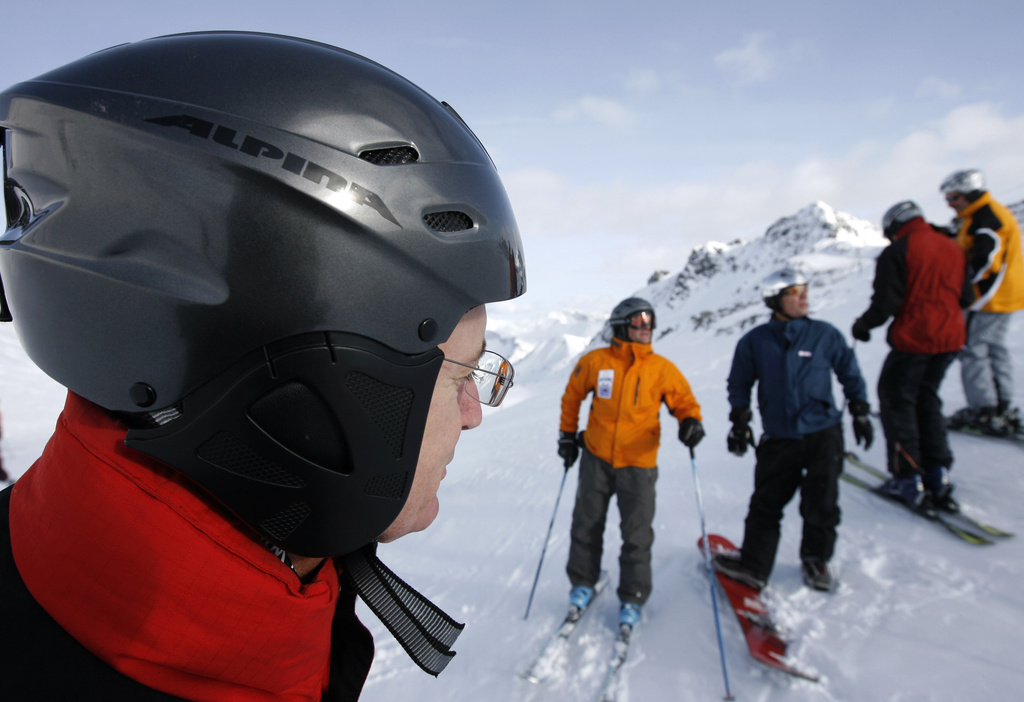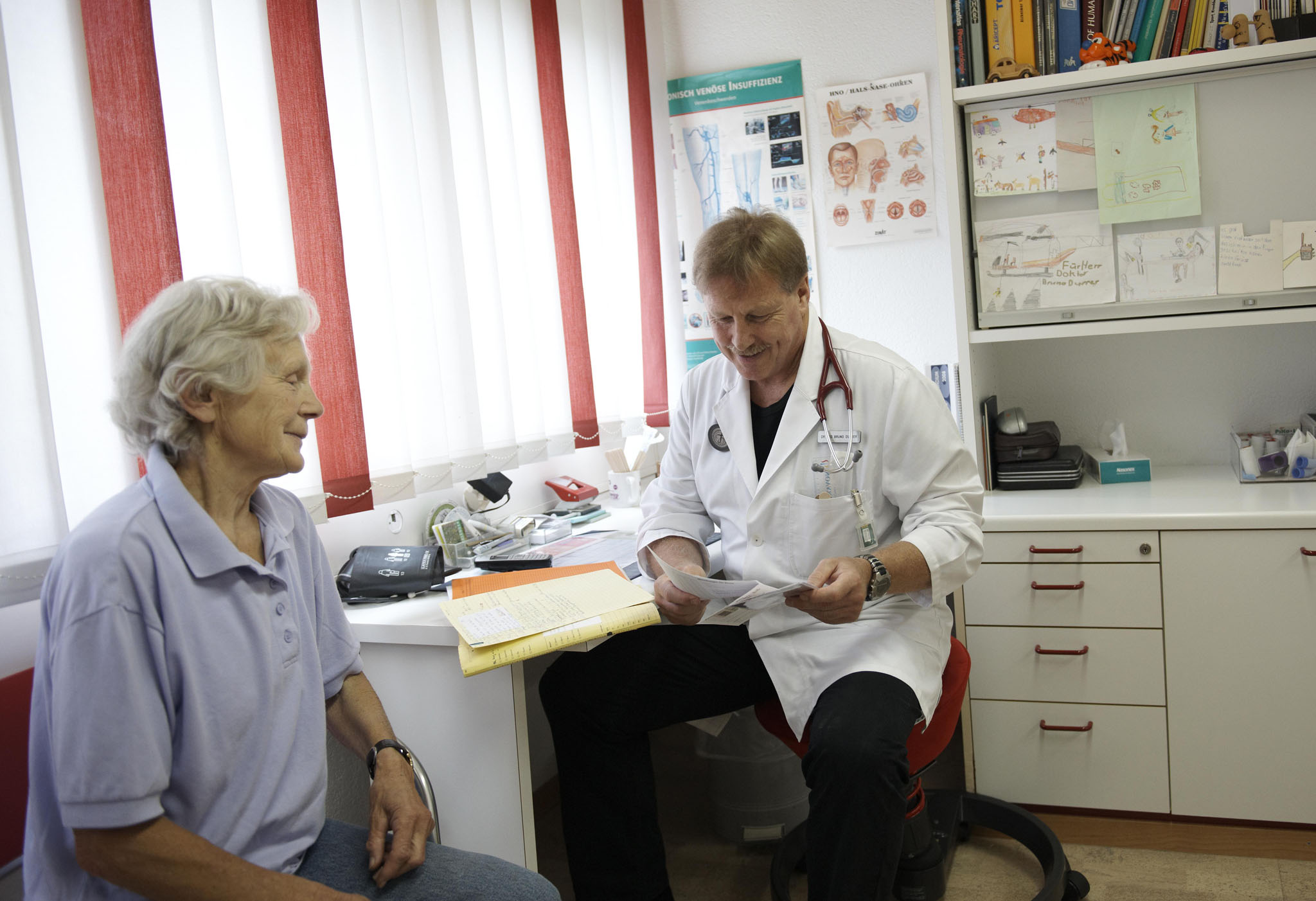Experts on alert over sledging accidents

Sledging may be undergoing a boom in Switzerland, but after two fatal accidents in one week, experts say people should be aware that sledging can also be dangerous.
They recommend that those out enjoying a ride in the snow should, in particular, wear helmets to avoid head injuries.
The new year brought with it two deaths from sledging: an eight-year-old boy died on New Year’s Eve after losing control and crashing into a hayrick in Gyron in the French-speaking part of Switzerland.
A few days before, a 21-year-old woman fell 20 metres to her death in Grindelwald in the Bernese Oberland. Neither was on an official sledge run.
David Kerschbaumer, a snow sports expert from the Swiss Council for Accident Prevention, says these two deaths were a tragic coincidence.
“In the past ten years, between 2000 and 2009, there have been five accidents like this from sledging in Switzerland. The two deaths in a week is not normal, ” he said.
The council estimates that around 10,000 people – children and adults – hurt themselves when sledging in Switzerland a year. It does not, however, foresee a rise this year.
Sledging injuries
Steffen Berger, head of the emergency medicine department in the children’s hospital at Bern’s University Hospital sees some victims in his clinic.
“What we usually see are mainly head injuries, mainly minor head injuries,” he told swissinfo.ch.
“We see some more severe abdominal injuries and quite commonly we see broken legs and broken arms from sledging.” Fatalities are rare, he confirmed.
Often people underestimate their speed or sledging ability, the experts say. “Mostly people don’t learn the technique they just think, ‘I did it when I was a child’. They then just hire a sledge and are mostly too fast on the slopes and that’s why they can’t break or stop when they have to,” explained Kerschbaumer.
Children and people who have been drinking are particularly prone to misjudging speed, adds Berger.
Helmets on
Both Berger and Kerschbaumer recommend wearing a helmet. Currently around 76 per cent of skiers wear one out on the pistes. There aren’t any figures for people on sledges, but it is certainly much less than for skiers, said Kerschbaumer.
While having the right equipment, such as shoes with good treads, is important, behaviour is also key.
“Often people are just staying or sitting on the sledging slope after a fall and other people come from behind and there’s a collision because of that,” Kerschbaumer told swissinfo.ch.
Berger has some words of advice for parents. “It can be dangerous for children when the parents sit behind them because if they crash into something they have much more weight than they usually would, so sometimes we see severe injuries if the parents sit behind the child,” he said.
He also recommends that people sit on their sledges instead of lying, especially head first.
Boom
Sledging appears to more popular than ever in Switzerland. It was reported in the media that that retailers had sold three times as many sledges in the run-up to last Christmas than they did in the previous one.
Sledge makers had to work hard to fill Christmas orders, with sales prompted by early snow fall last November.
The most popular sledge still seems to be the Davos, a traditional wooden sledge, named after the Swiss resort where the first official sledge race was held in 1883.
While sledging can be enjoyable, Kerschbaumer says that raising awareness of the potential dangers must not be forgotten. This is why the council has published a brochure with sledging safety tips in three languages (see links).
People’s attitudes can change, as can be seen by the fact that many more people wear helmets when skiing. But Kerschbaumer points out that you cannot force people to change their behaviour.
“We cannot make a law for it because in sports in makes no sense, you would have control like the police and it would never be possible to do that in Switzerland,” he said.
Wear high, sturdy shoes with a good tread and proper winter clothing.
Wear a snow sports helmet and gloves.
Use marked runs or slopes which can be sledged down freely.
Sledge in a sitting position (not lying down) and don’t tie sledges together.
Ensure your speed matches your abilities and the surroundings, don’t sledge under the influence of alcohol.
Source: Swiss Council for Accident Prevention

In compliance with the JTI standards
More: SWI swissinfo.ch certified by the Journalism Trust Initiative















You can find an overview of ongoing debates with our journalists here . Please join us!
If you want to start a conversation about a topic raised in this article or want to report factual errors, email us at english@swissinfo.ch.